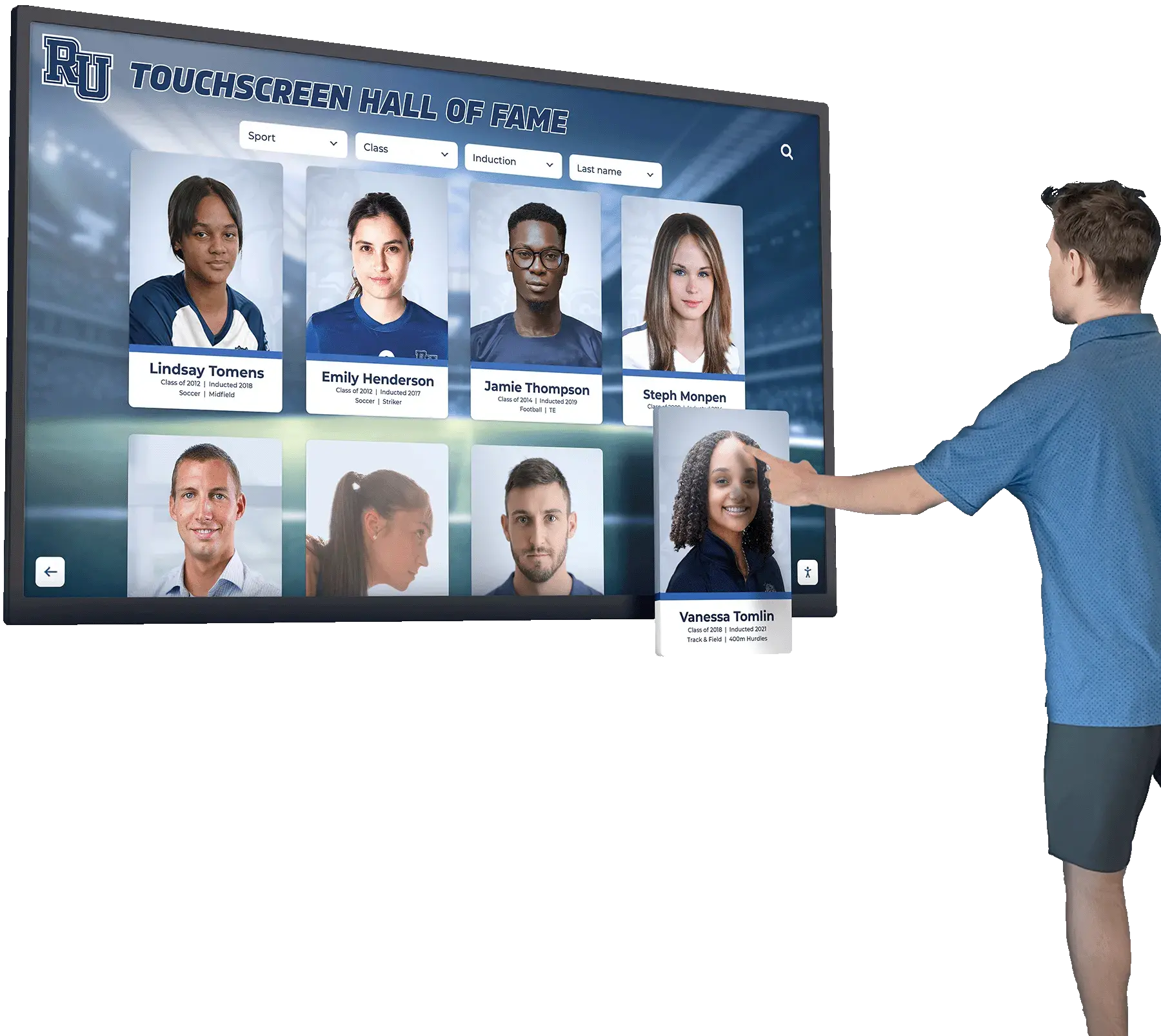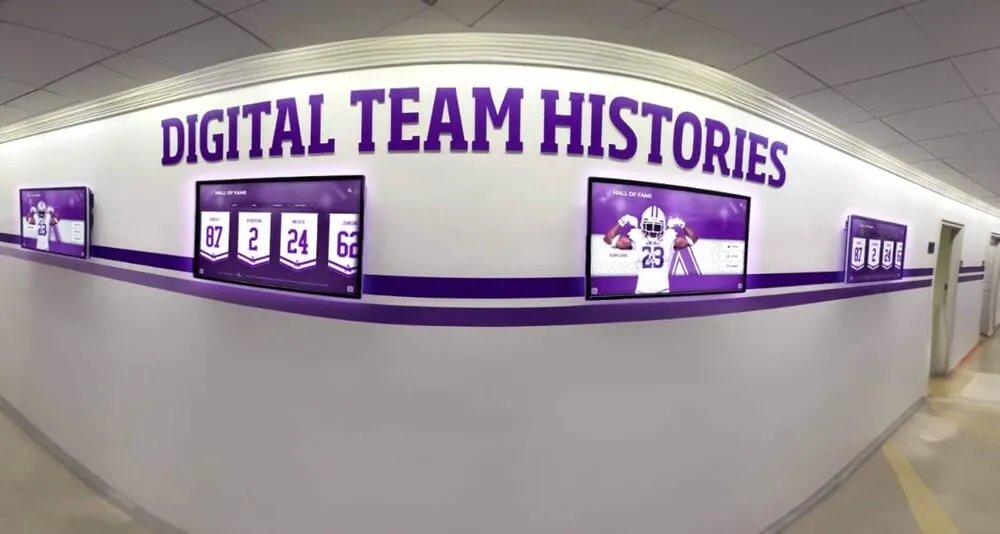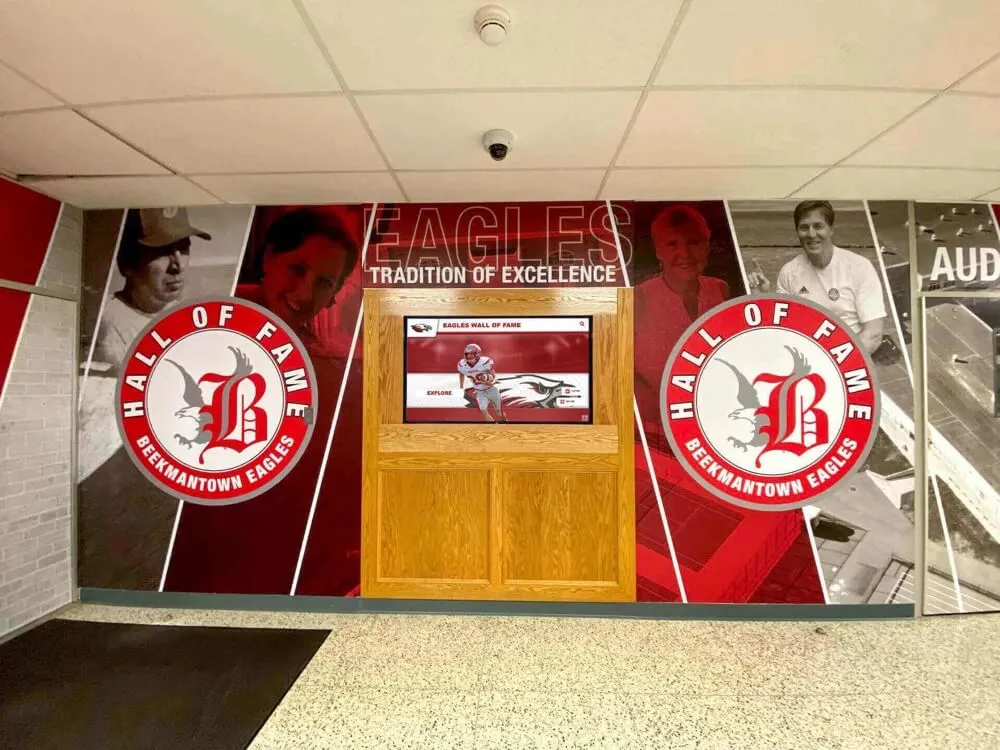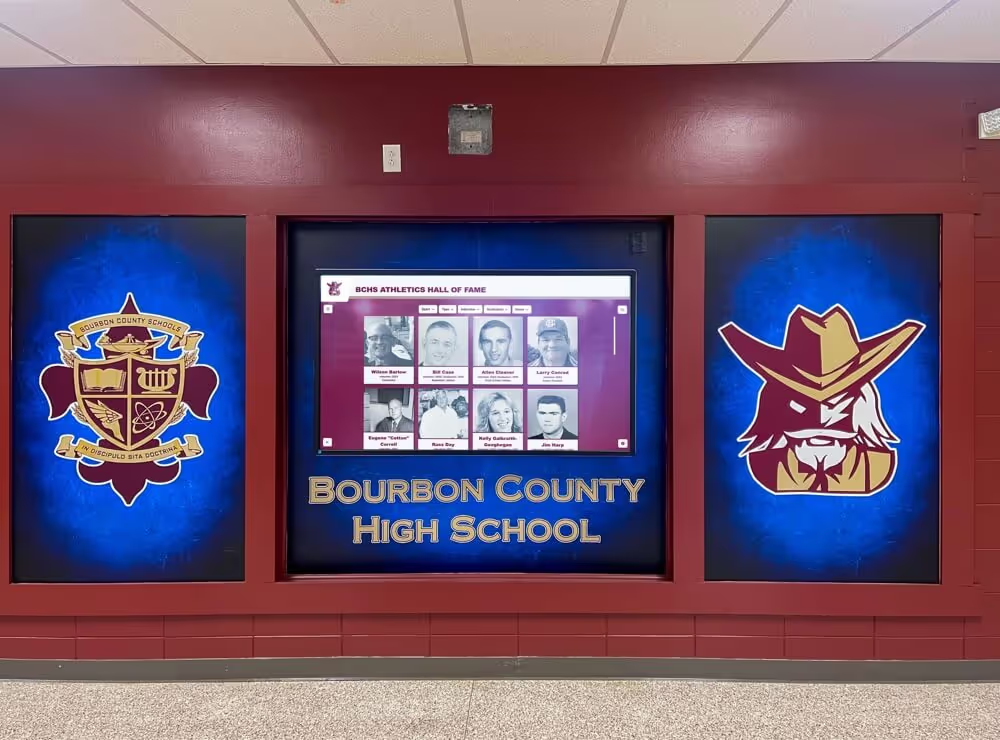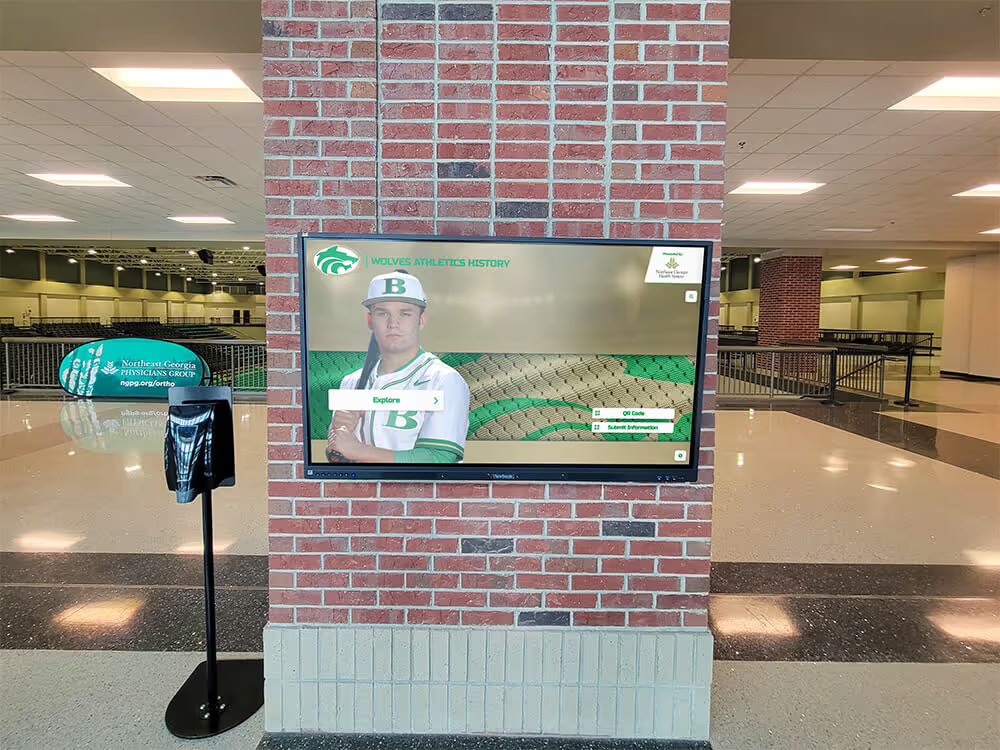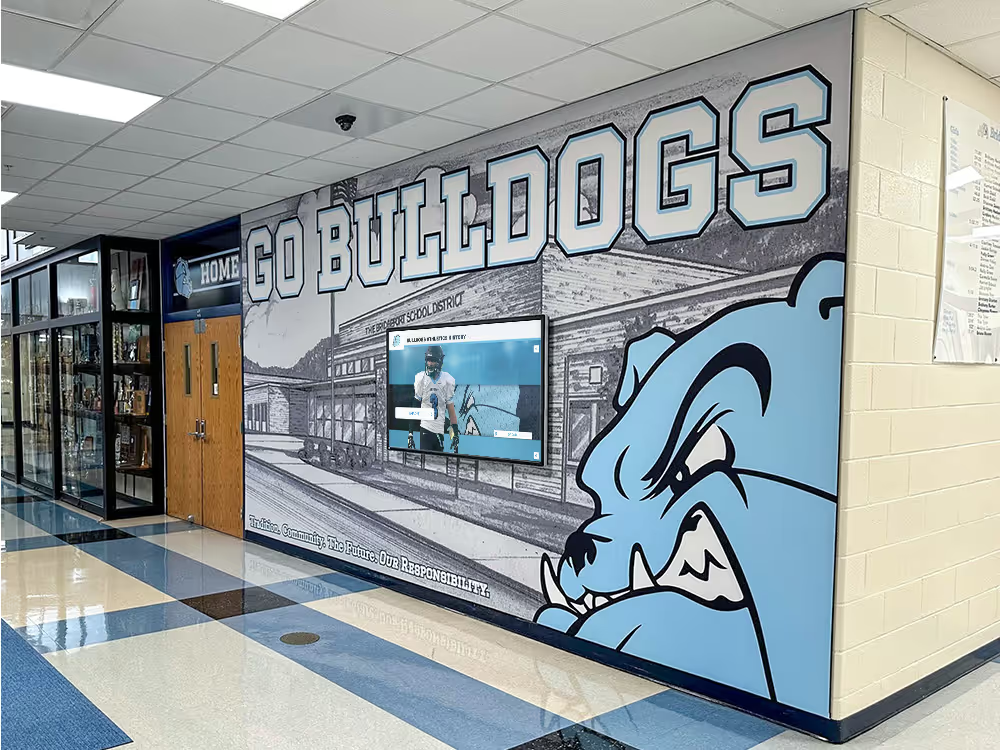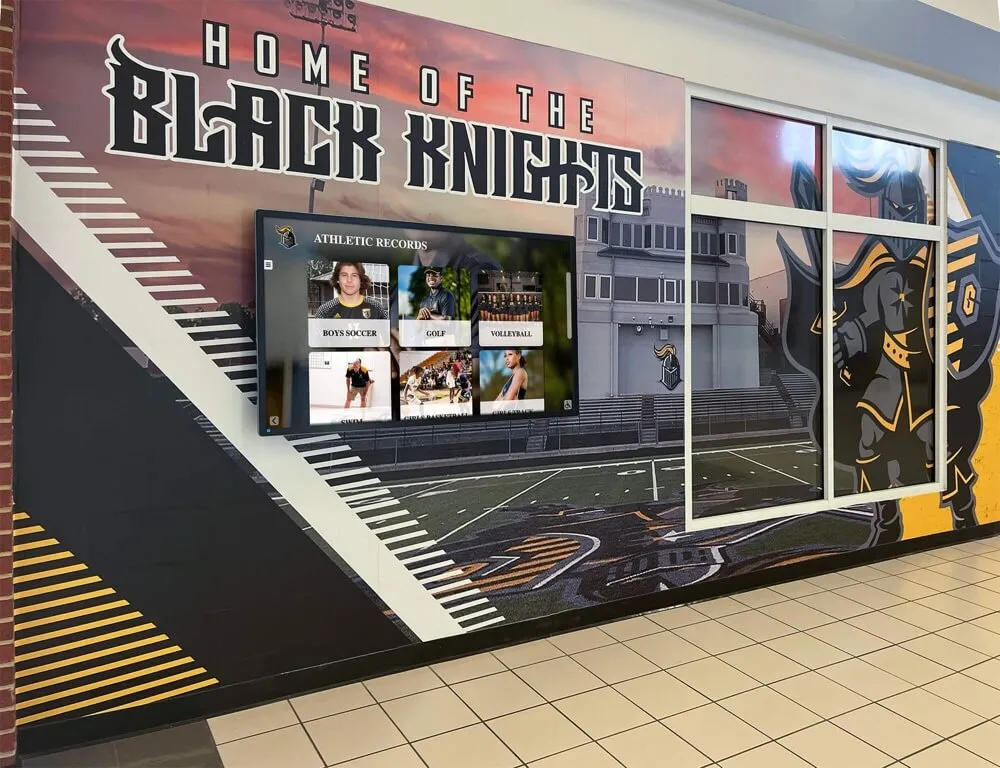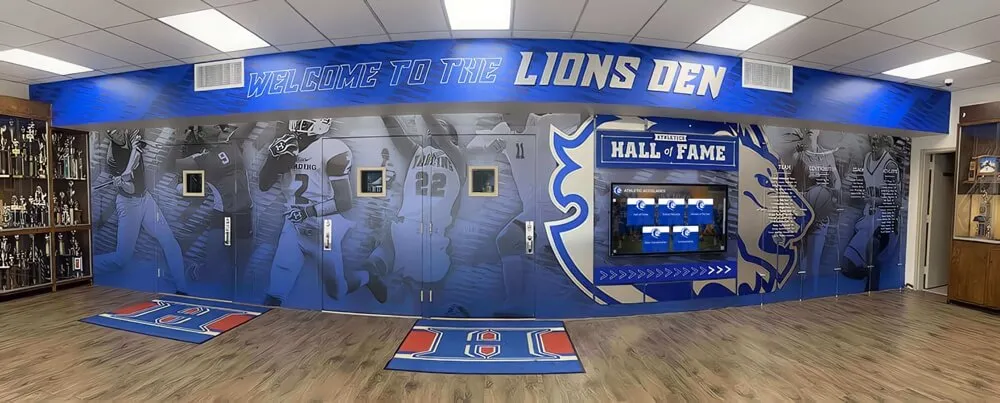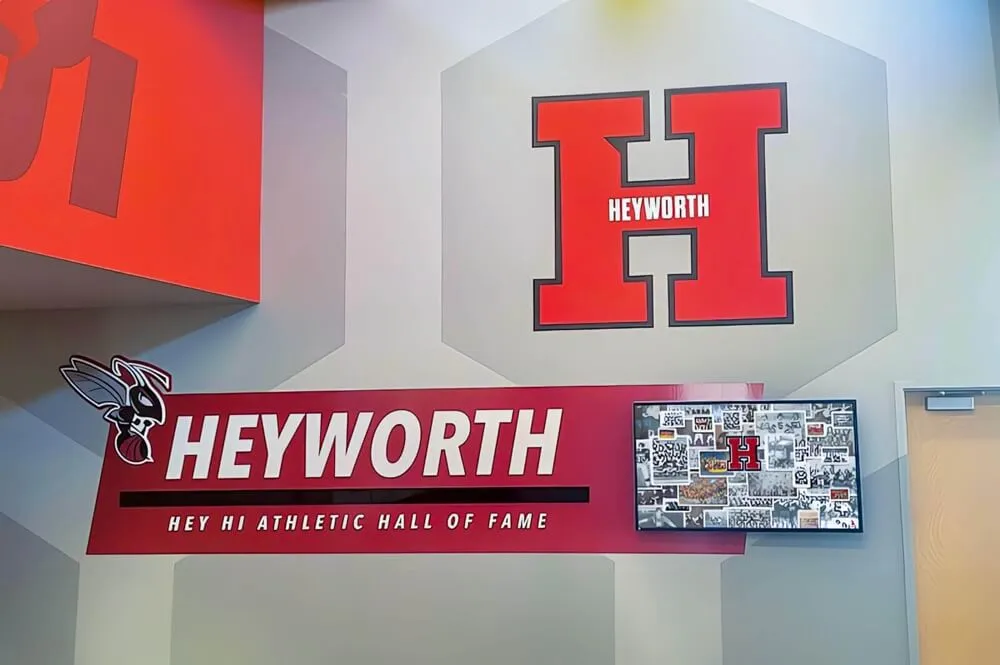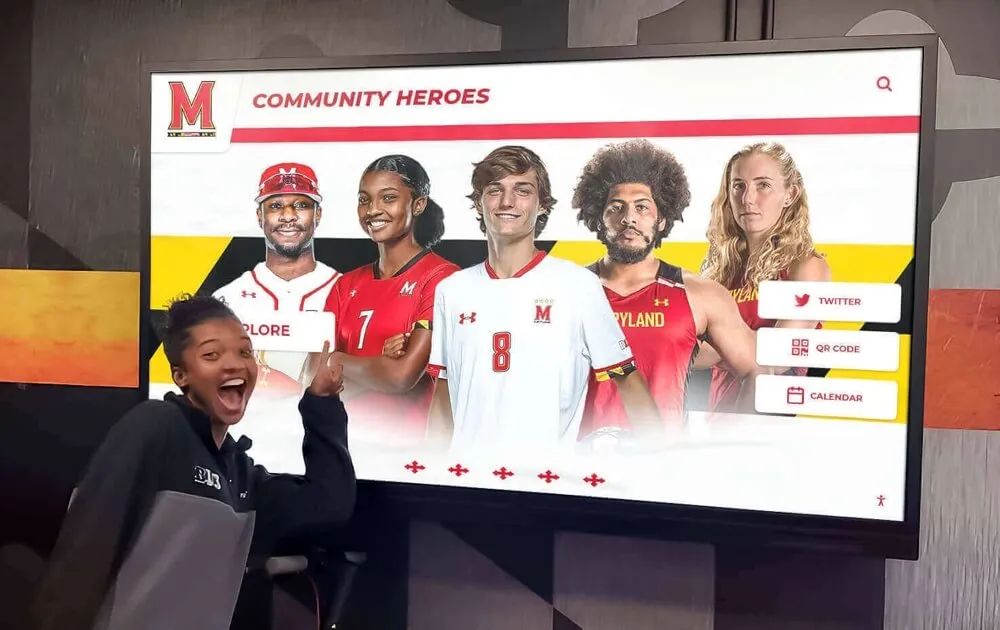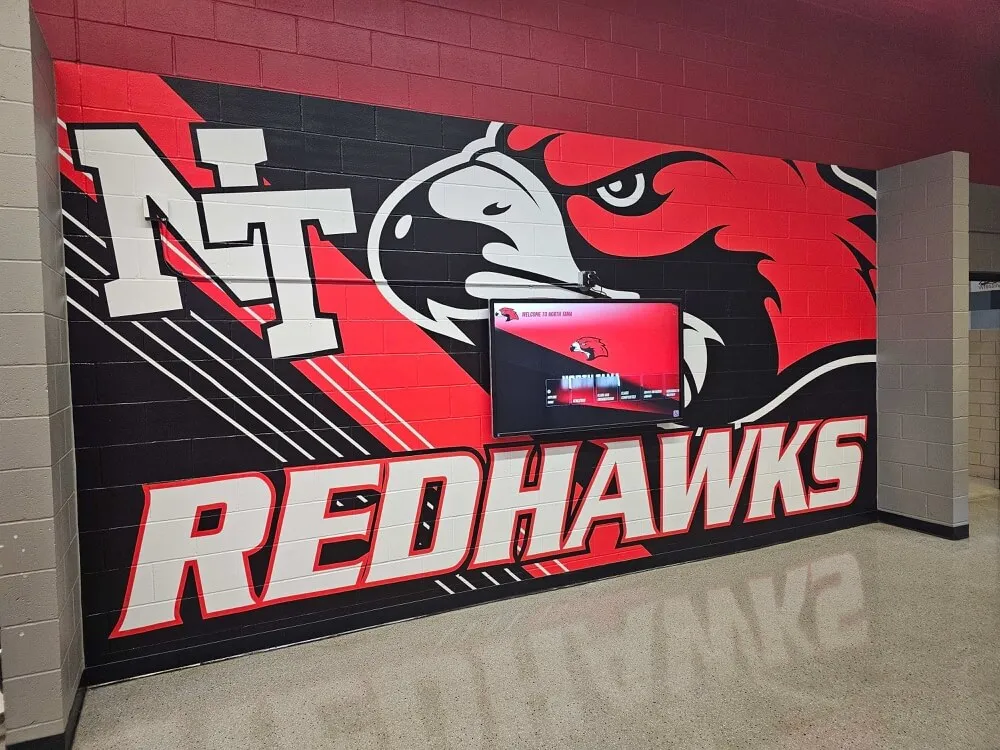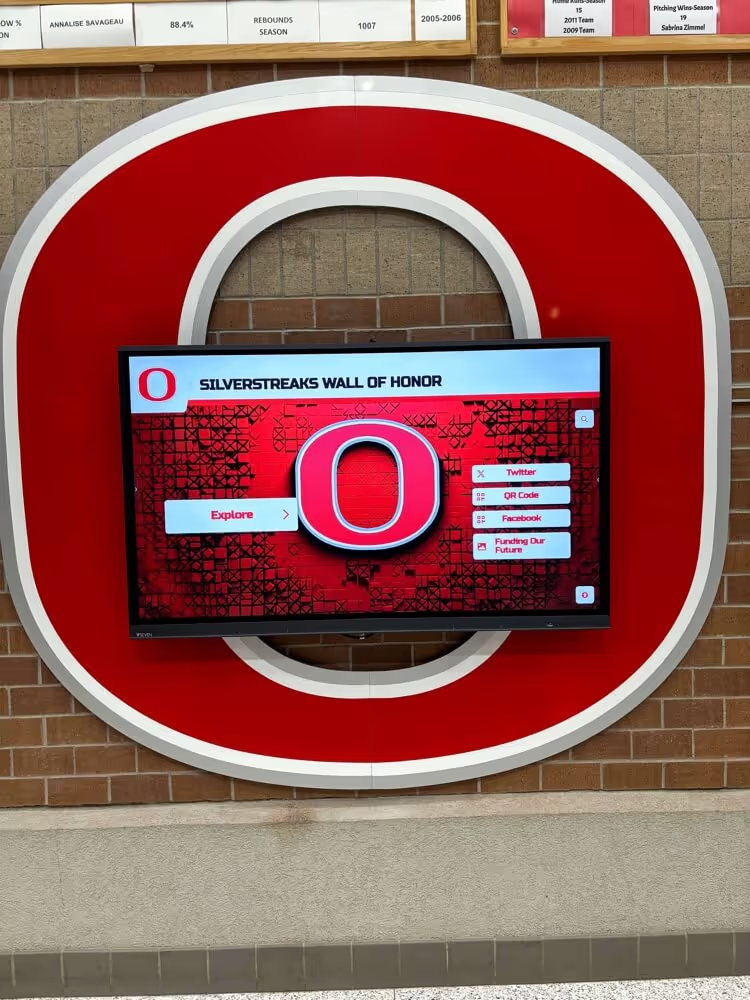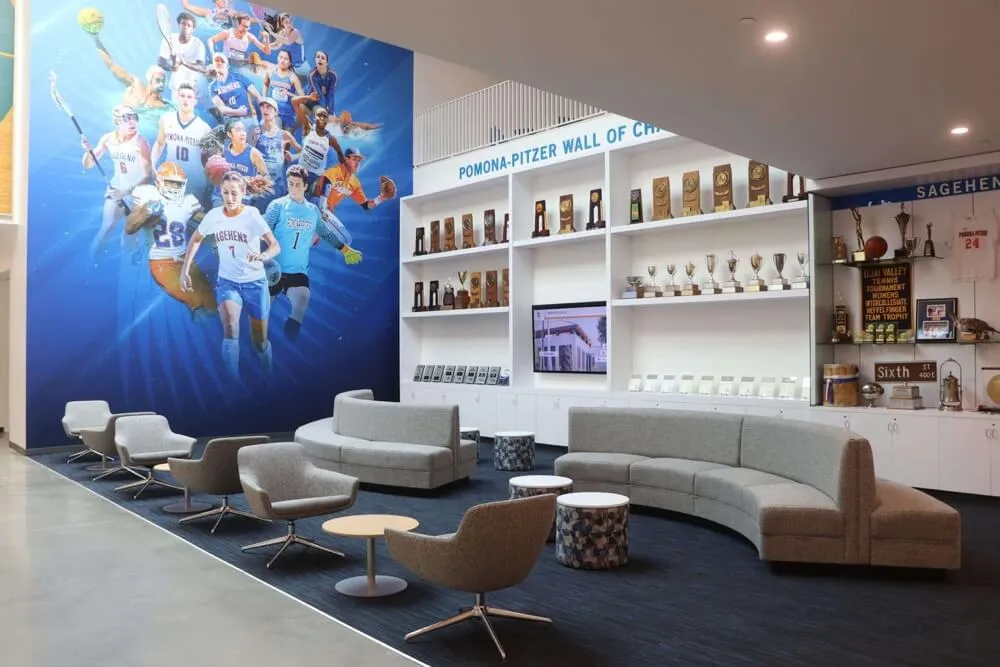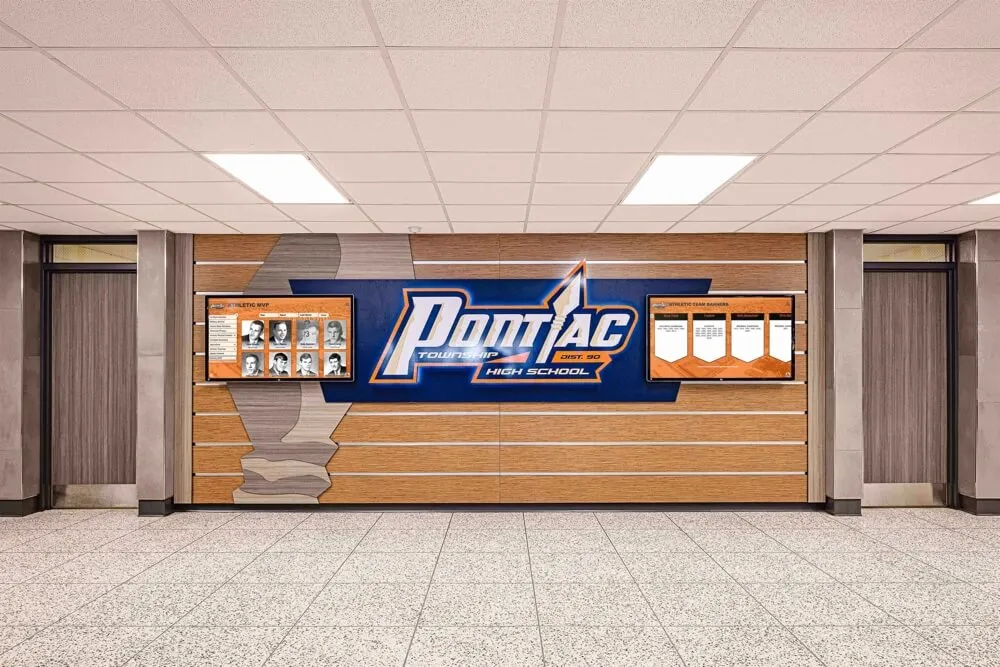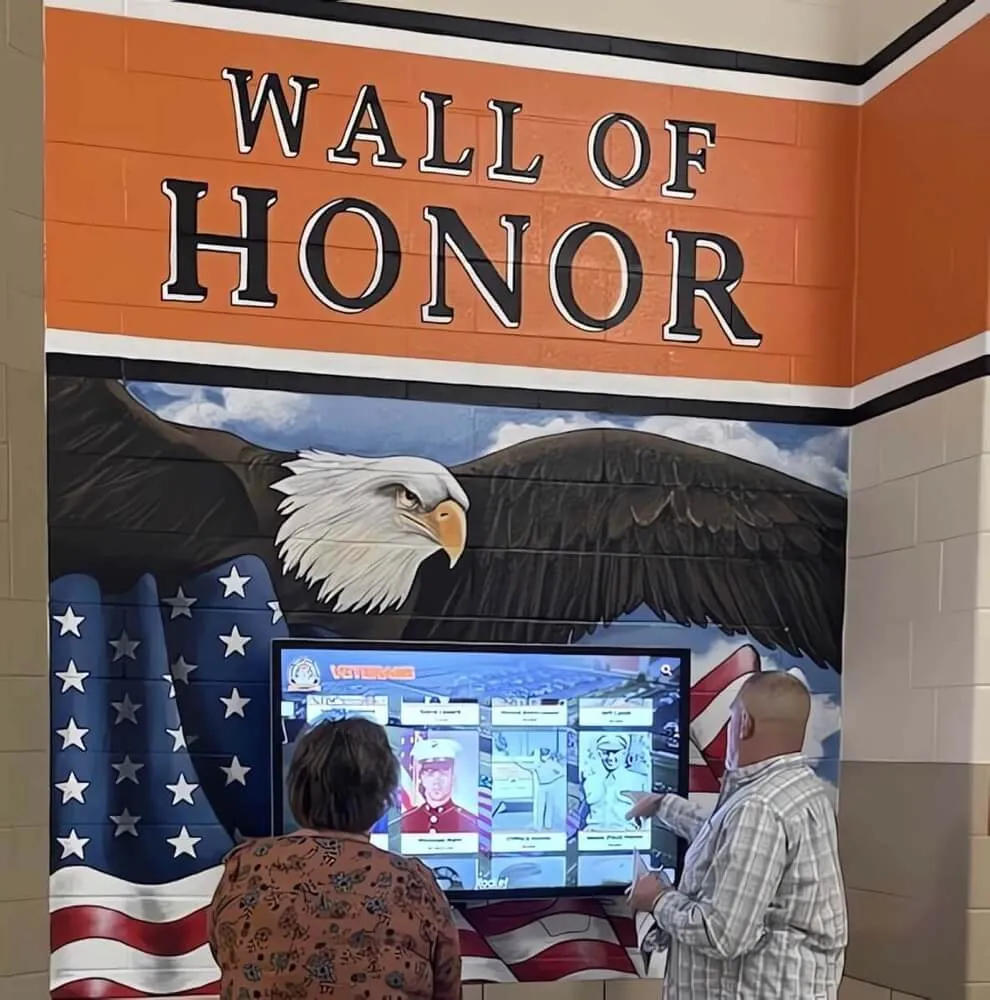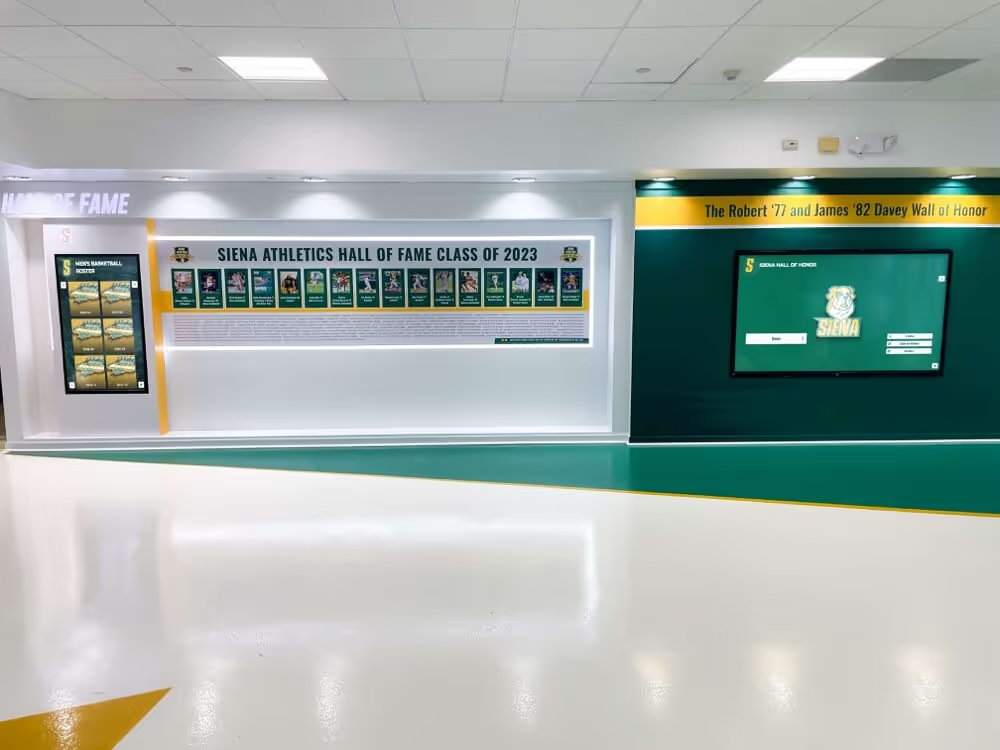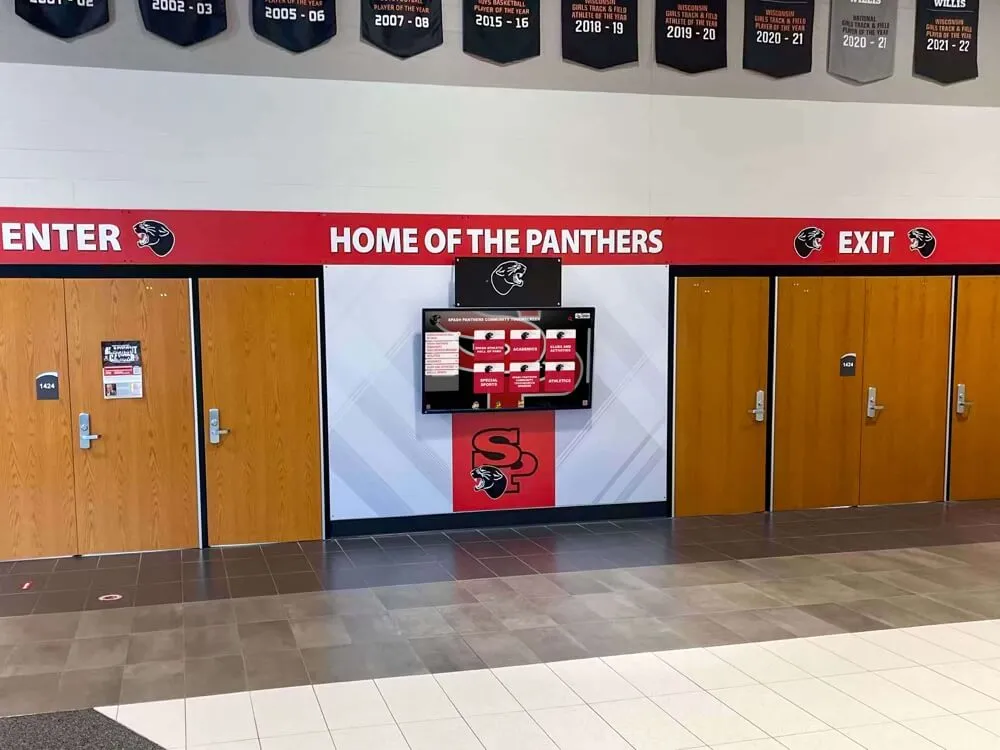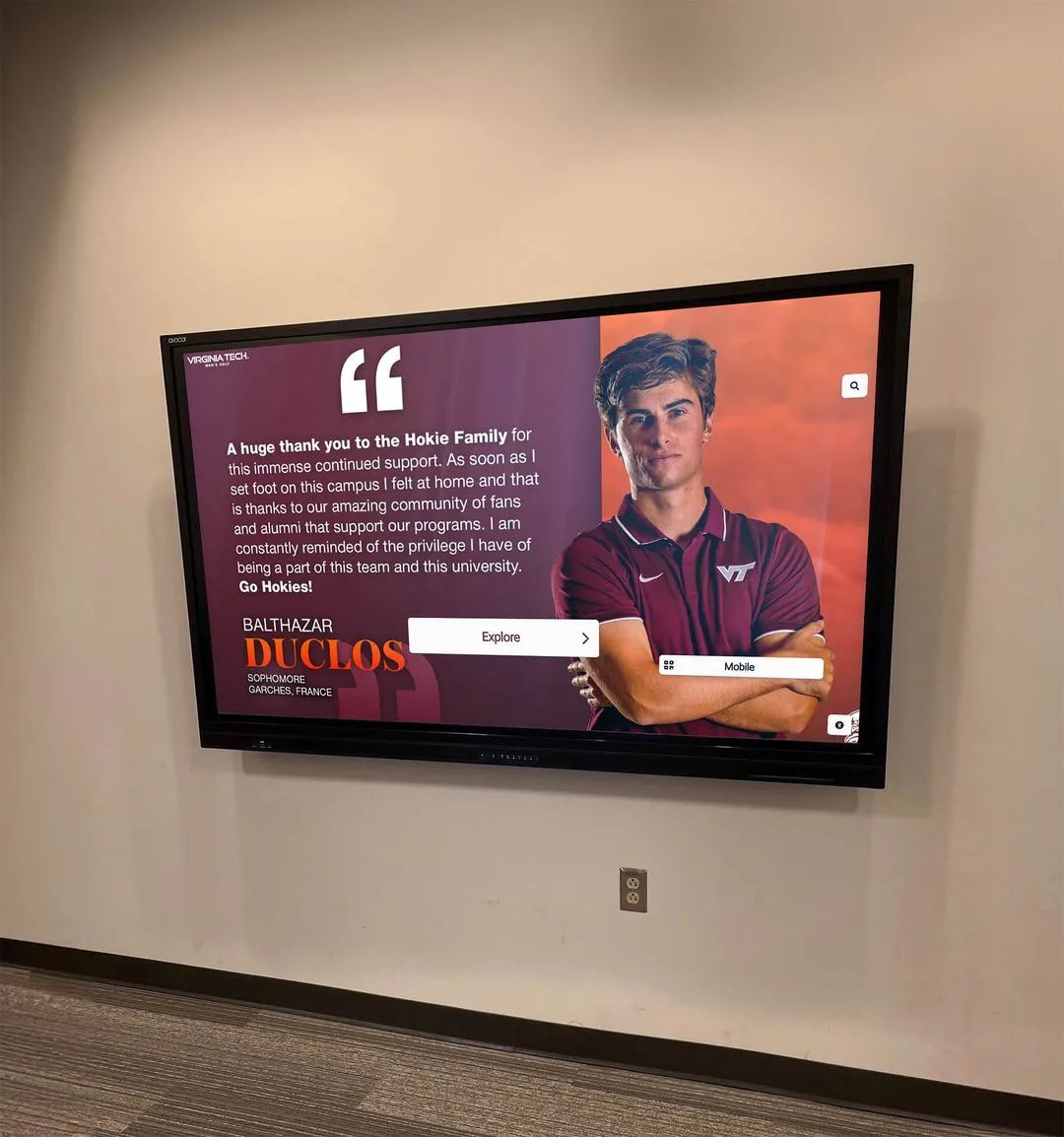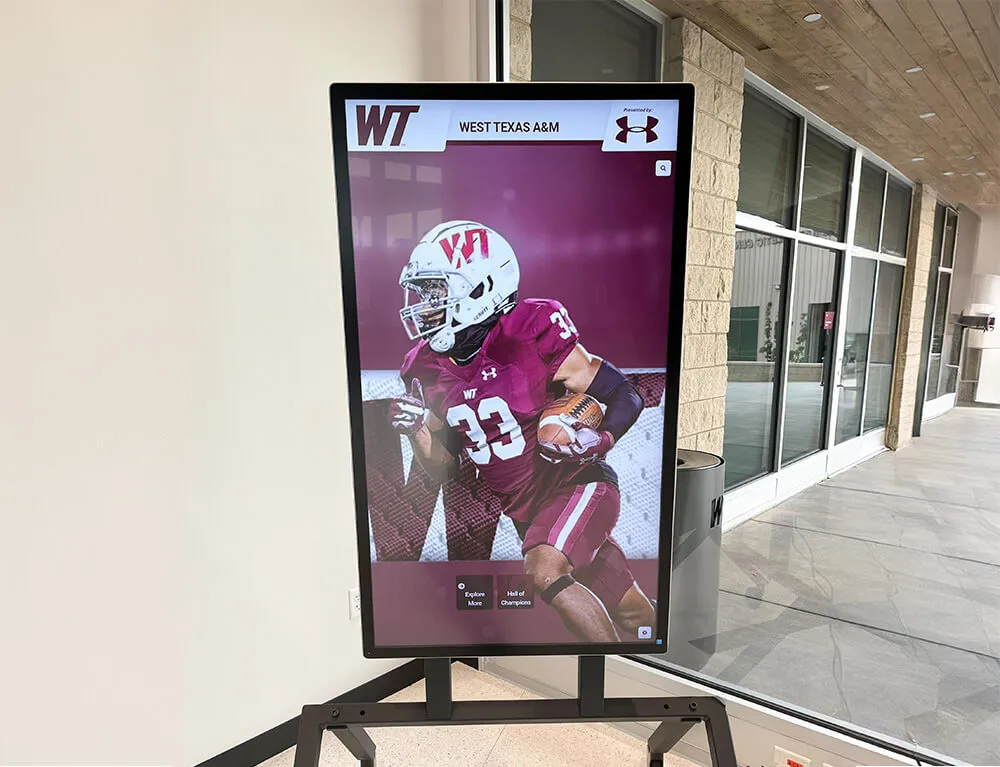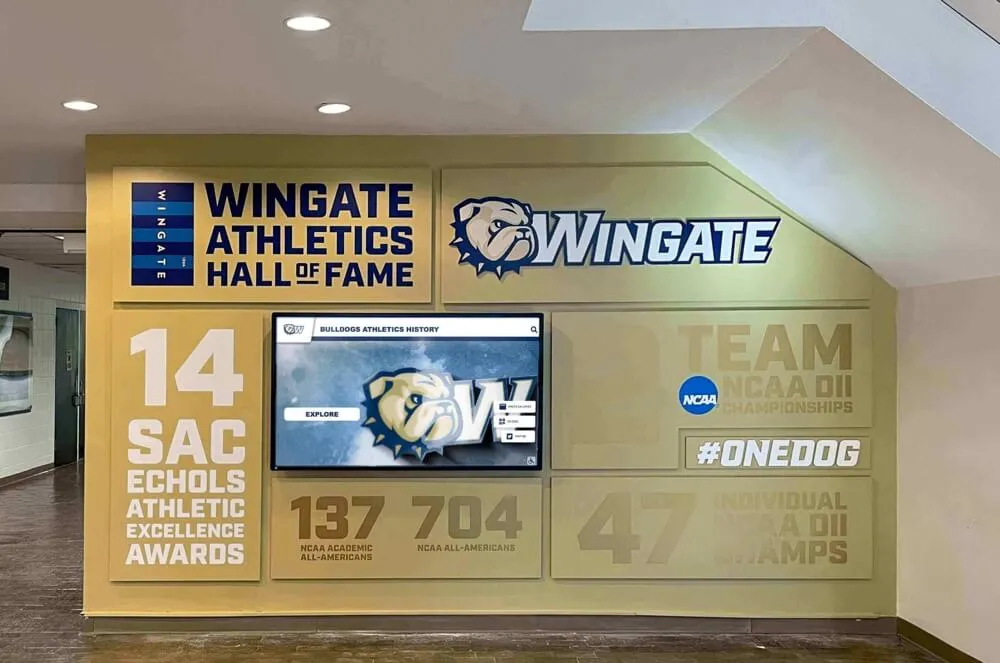What Defines Powerful Interactive Touchscreen Software?
Effective touchscreen software transforms a passive display into a dynamic interface. It allows users to navigate complex information, make selections, view multimedia content, and interact with applications through intuitive touch gestures. While some software, like solutions from Rocket Alumni Solutions, are expertly tailored for specific niches like digital recognition displays, the core principles of good interactive software apply broadly.
The aim is often to enable seamless interaction, whether for a single information point or a network of interactive kiosks. For examples of highly polished user experiences, one might look at various touchscreen showcases.
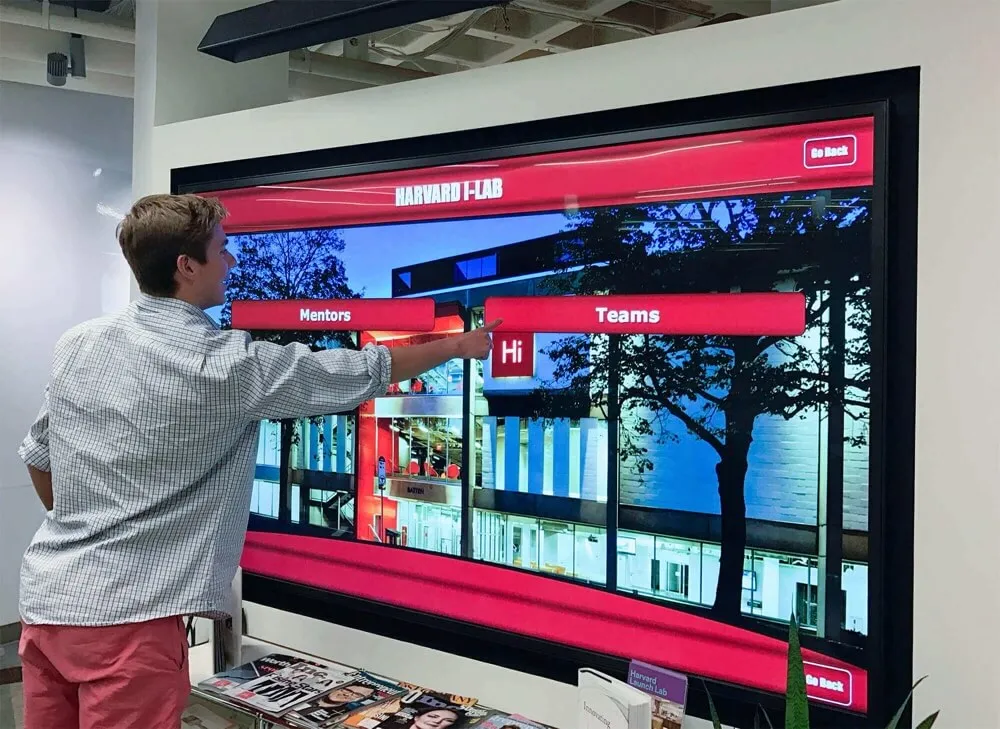
Essential Features of Modern Touchscreen Software
Regardless of the application, certain features are crucial for delivering a high-quality interactive experience:
Responsive and Intuitive UI/UX
Fast response times, smooth animations, and a logically structured interface are fundamental. The software must handle various touch gestures (tap, swipe, pinch, zoom) accurately.
Flexible Content Management
A robust CMS, often cloud-based for remote access, is vital for managing multimedia content (images, videos, web pages, documents) displayed on the kiosks.
Customization and Branding
The ability to tailor the visual appearance (colors, fonts, logos) to match organizational branding or specific campaign aesthetics is key for a professional look.
Cross-Platform Compatibility
Support for various operating systems and hardware (covered in more detail below) ensures wider applicability and easier deployment.
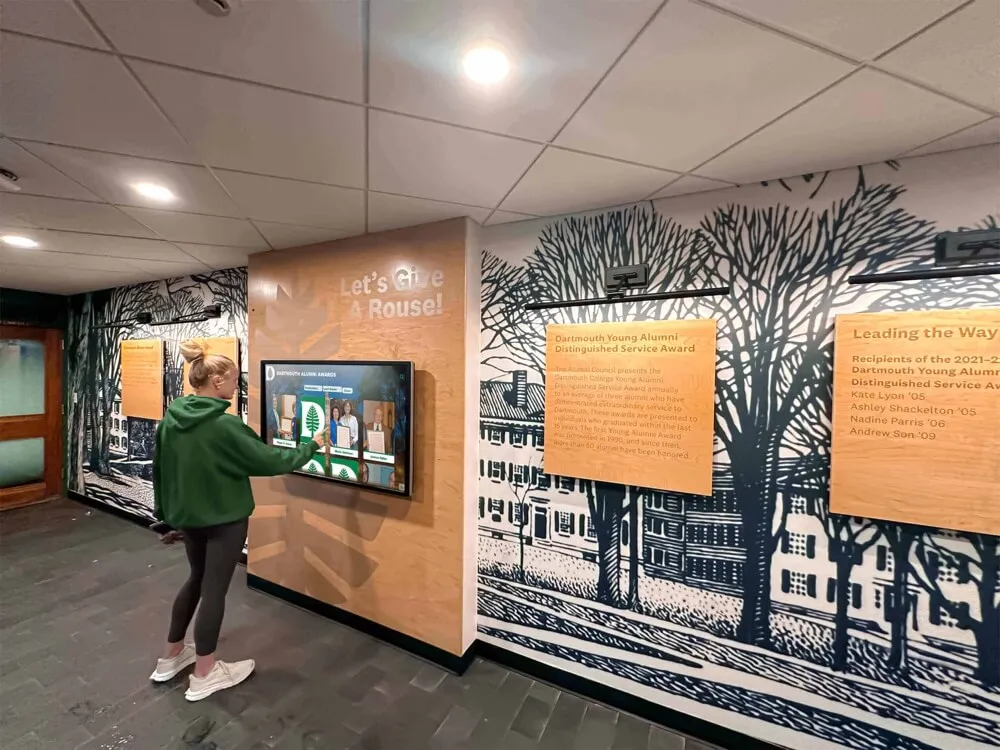
Hardware and OS Compatibility: A Critical Factor
The effectiveness of touchscreen software is deeply intertwined with its hardware and operating system (OS) compatibility. Modern solutions aim for broad support:
Windows
A dominant OS in the kiosk and POS space. Software often includes dedicated Windows players or utilizes web technologies for compatibility. Ideal for powerful applications and wide hardware choices.
Android
Popular for its versatility and range of hardware from tablets to dedicated commercial displays. Native Android apps or Progressive Web Apps (PWAs) are common.
macOS & iOS
While less common for public kiosks, macOS can power high-end interactive installations, and iOS devices (iPads) are excellent for smaller, portable solutions. Web-based software ensures accessibility.
Linux (including Raspberry Pi)
Offers flexibility and cost-effectiveness, especially with devices like Raspberry Pi for custom projects. Web technologies (browser in kiosk mode) or specific Linux applications are used. Consider web-based management platforms for easier deployment.
ChromeOS
Chromebases and Chromeboxes offer secure, easy-to-manage kiosk solutions, often leveraging web applications and PWAs.
Web-based software architectures (cloud-based SaaS solutions) are increasingly popular as they inherently offer better cross-platform compatibility. A single web application can often run seamlessly across different OS and hardware environments via a modern web browser, simplifying development and deployment, especially for multi-site deployments.
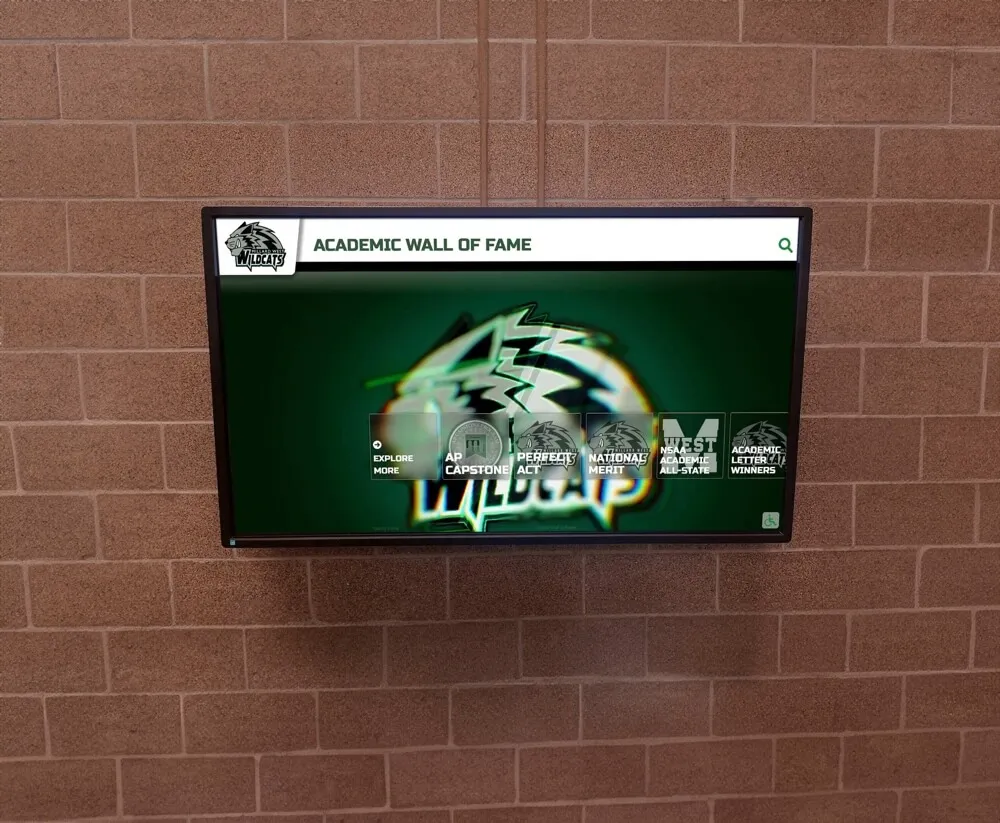

Diverse Applications of Touchscreen Software
The versatility of touchscreen software allows for a wide array of applications:
- Retail & POS: Interactive product catalogs, self-checkout, loyalty program sign-ups.
- Information Kiosks: Wayfinding in malls and campuses (e.g., campus directories), museum exhibit details, event schedules.
- Education: Interactive learning modules, digital whiteboards, library catalogs. For example, digital record boards can be used for school athletics.
- Corporate: Visitor check-in, employee training, interactive presentations in lobbies.
- Healthcare: Patient check-in, health information portals, staff communication.
- Hospitality: Hotel check-in/out, concierge services, restaurant menu ordering.
Specialized uses, like digital donor walls or athletic hall of fame software (see demos at TouchHallofFame.us), also leverage these core software capabilities for specific narrative goals.
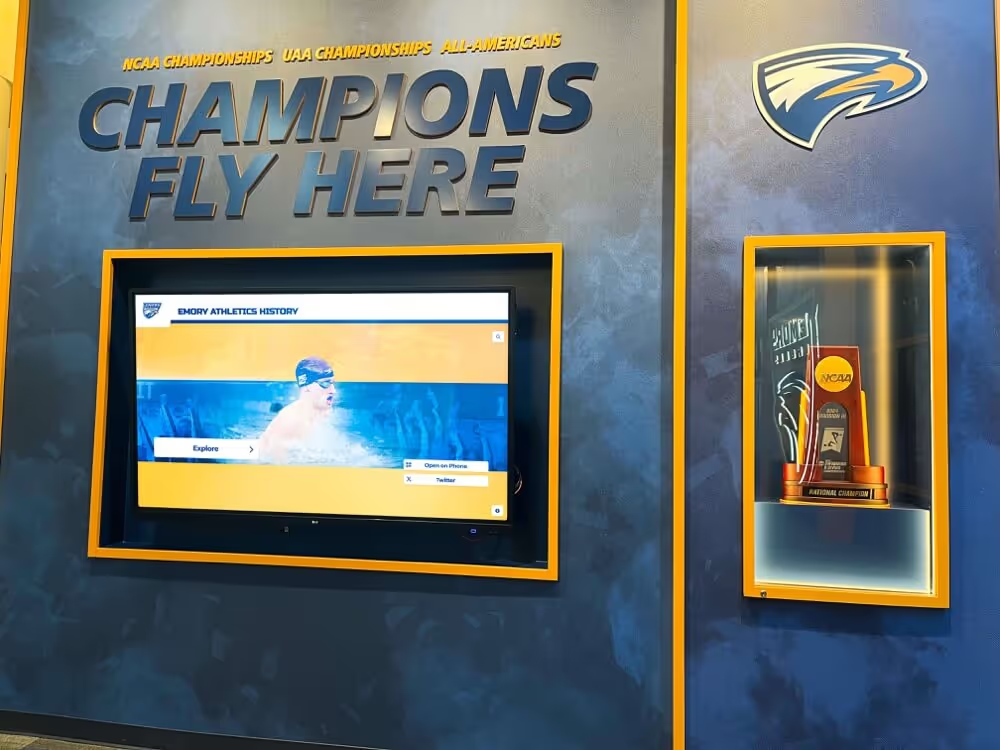
Considering an Interactive Touchscreen Project?
Choosing the right software is paramount to success. Evaluate your needs regarding content management, OS and hardware compatibility, scalability, and required features.
For specialized applications, such as creating dynamic and engaging recognition displays (see WallofFame.us for ideas), or for general interactive solutions, explore providers who offer robust platforms and strong support.
